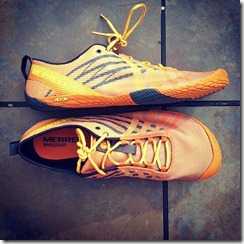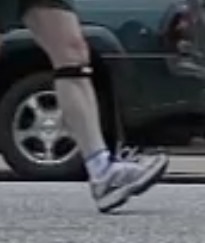 Image via Wikipedia
Image via WikipediaAmby Burfoot recently posted the text of an interview he conducted with famed marathoner and Nike running coach Alberto Salazar on the Racing News Blog on RunnersWorld.com. In the interview, Burfoot asked Salazar a few questions regarding the thought process behind Dathan Ritzenhein’s recent change to a more midfoot/forefoot footsrike.
Among the many fascinating quotes from Salazar, I found the following to be of particular interest:
On form and competing with top level runners:
“Dathan and I both believe that you can’t afford to look and run much differently from the top runners. Sure, you can point to great runners who seem to be an anomaly form-wise. But I believe the best runners with the longest careers are those who have the best form.”
On form in East African Runners:
“The Kenyans all look different, and many of them don’t last long. But when you look at the top Ethiopians, they have impeccable form and they also have long careers.”
This last quote was also referenced by Christopher McDougall in a recent blog entry, and is particularly fascinating coming from one from one of the world’s top running coaches:
“There has to be one best way of running. It’s got to be like a law of physics. And if you deviate too much from that–the way I did in my career–it can be a big handicap. Dathan can’t be a heel striker and expect to run as good as the best forefoot runners. (my emphasis) You can be efficient for a while with bad form–maybe with a low shuffle stride – but eventually that’s not good for your body. It’s going to produce tightness and muscular imbalances and structural problems. Then you get injuries, and if you’re not careful – if you don’t take care of the muscular and structural issues – the injuries can put you into a downward spiral.
You show me someone with bad form, and I’ll show you someone who’s going to have a lot of injuries and a short career.”
Based on all of this, it looks like Salazar is an advocate of the midfoot strike and a biomechanically based approach to proper running form. I’m wondering what his thoughts are on shoes as it relates to this? Most shoes currently on the market are designed to accommodate a heel strike – is this another case of where research going on at Nike might be driving footwear design in new directions?
Now, if only someone could provide a detailed description of what that “best way of running” is so that the rest of us recreational runners out here can benefit from what is going on in one of the top training centers in the world!



















Speak Your Mind